Efficiency and Safety: the Key to a Successful Expedition
Listen to the Greenland Expedition Update.
Sign up for the Expedition Newsflash.
Receive alerts of new blog posts in your email during the expedition.
Risk Management and Daily Schedule During the Expedition
As a guide, I’m constantly working to prevent accidents and discomfort. This means I’m continuously performing risk management, especially during preparation. Once we’re in Greenland, I want everything to run smoothly. An important part of this is the daily schedule: we walk for one hour and then take a ten-minute break. During this break, we eat and drink, and can use the toilet. This structure is essential to ensure we have enough energy throughout the day and don’t experience a sudden energy drop halfway through, which can cause hypothermia. Drinking also helps maintain blood circulation, which can prevent frostbite.
Weekly Schedule and Adapting to Circumstances
For the first week, we follow a schedule of walking three times twenty minutes per hour, which we repeat eight times a day. After this week, we adjust the schedule to one hour and fifteen minutes per shift, eight times a day. Eventually, we walk one hour and twenty minutes per shift, seven times a day, which amounts to over nine hours of walking per day. As the expedition progresses, the shifts become longer and the weight in the sled becomes lighter. This ensures that the physical strain at the beginning of the expedition is comparable to that at the end.
First Aid Preparations
In addition to logistical preparations, First Aid is also crucial. If something goes wrong, we are insured for evacuations thanks to a special Search Rescue insurance. I am trained as a Wilderness First Responder and Emergency First Responder, and we are supported by Extreme Medicine. They provide the Medical Base Camp, with which we have daily contact if necessary.
During a recent briefing with Maybritt, the Extreme Medicine doctor who supports us remotely, we went through our medical equipment. Our First Aid Kit includes painkillers such as ibuprofen and paracetamol, stomach protectors like omeprazole, allergy medications such as desloratadine, and two EpiPens for allergic reactions.
Medical Equipment for Various Situations
For throat, nose, and ear problems, we have medication for snow blindness, eye infections, dry eyes, cough, and sore throat. For skin issues, we have antibiotic ointment, cream for irritations, and sunscreen with SPF 50. We also have talcum powder for sweaty feet.
Additionally, we have antibiotics for emergencies, gloves, an emergency blanket, bandages, tape, hand warmers, and a pulse oximeter to measure heart rate and oxygen levels. A SAM splint is also present for making splints in case of bone fractures or sprains.
Preparations for Departure
All together, our First Aid equipment weighs 2.9 kilos, including personal items such as toothpaste and hand cream. We expect the truck for transport to Greenland to arrive on Monday. Hopefully, it will arrive “in the morning, as I have other commitments in the afternoon”.
That’s the update for now; we’ll continue with the preparations. Until next time!

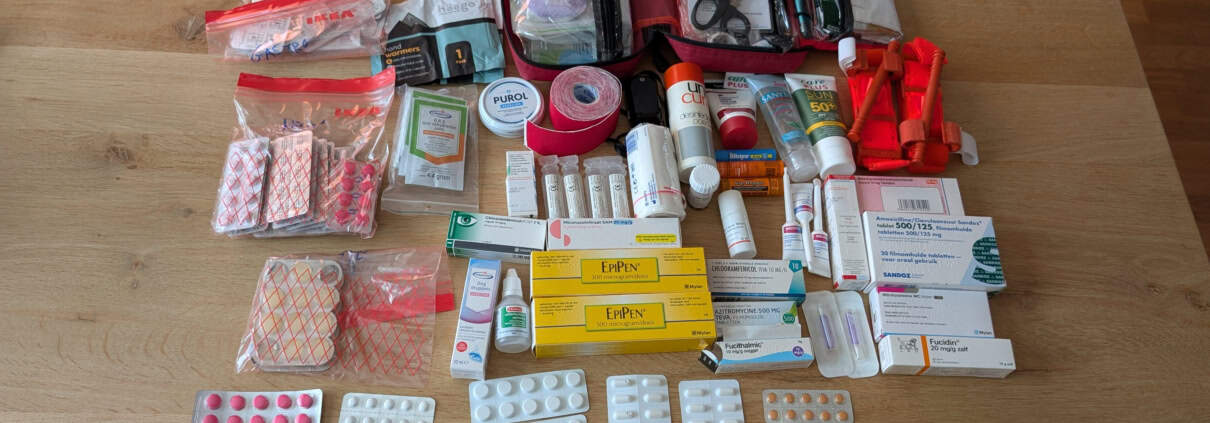


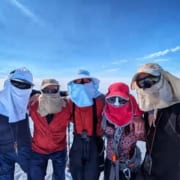
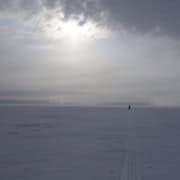
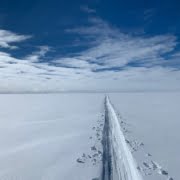
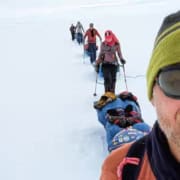









Leave a Reply
Want to join the discussion?Feel free to contribute!